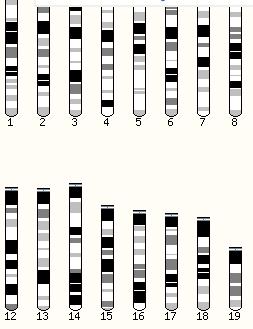kGen
+46 - 737 45 74 43
Genetic analysis
There are a few general areas for genetic analysis of research animals.
1. Analysis for the presence of a specific mutation
2. Analysis for homozygosity, heterozygosity or hemizygosity of a gene
3. Analysis for the correct form of a gene after treatment with Cre or Flp.
4. Analysis to establish the purity of the genetic background of an animal model.
5. Analysis to identify genetic polymorphisms that influence the phenotype.
6. Analysis to identify location of a genetic element (such as a transgene or transposon).
kGen can assist in developing the first four items. Genome wide screening for genetic polymorphisms and location identification are large endevours. kGen does not have the resources for this, but will gladly help you get in touch with organisations that may help you.
The first three we use to investigate if the animal is transgenic. It can also be used for known mutations such as the nonagouti mutation. It could be obvious if the mutation is dominant, but when recessive traits are to be retained it is important to use a welldesigned method.
The first recommendation
... is to develop a screening method that is specific for the particular mutation. Although there are established methods for commons gene components, such as Green Fluorescent protein or the rat insulin promoter, risk is increasing in case the same screen is performed for more than one transgenic line.
The second recommendation
... is to set up your PCR so that every individual reaction will yield at least one band. This way you will know that you set everything up OK. You can include an internal control or have a PCR that will give different lengths depending on which form of the gene is present.
The third recommendation
.... is to use a biopsy method that also ID the animal such that you do not have to perform two procedures. A single procedure will minimize the risk of assigning the screening result to the wrong animal.
Links
* Ma
Our expertise
* Many years of experience in designing screening methods
* Ability to improve suboptimal methods
* Good understanding of material and methods used in
genetic analysis
* Wide network with suppliers and service providers
